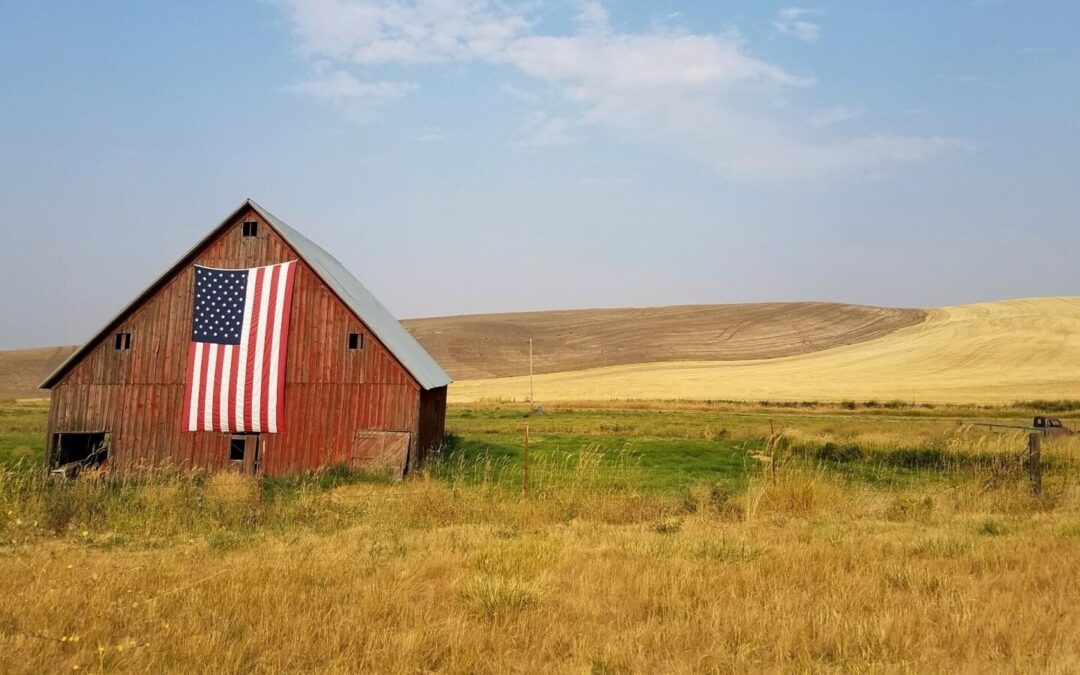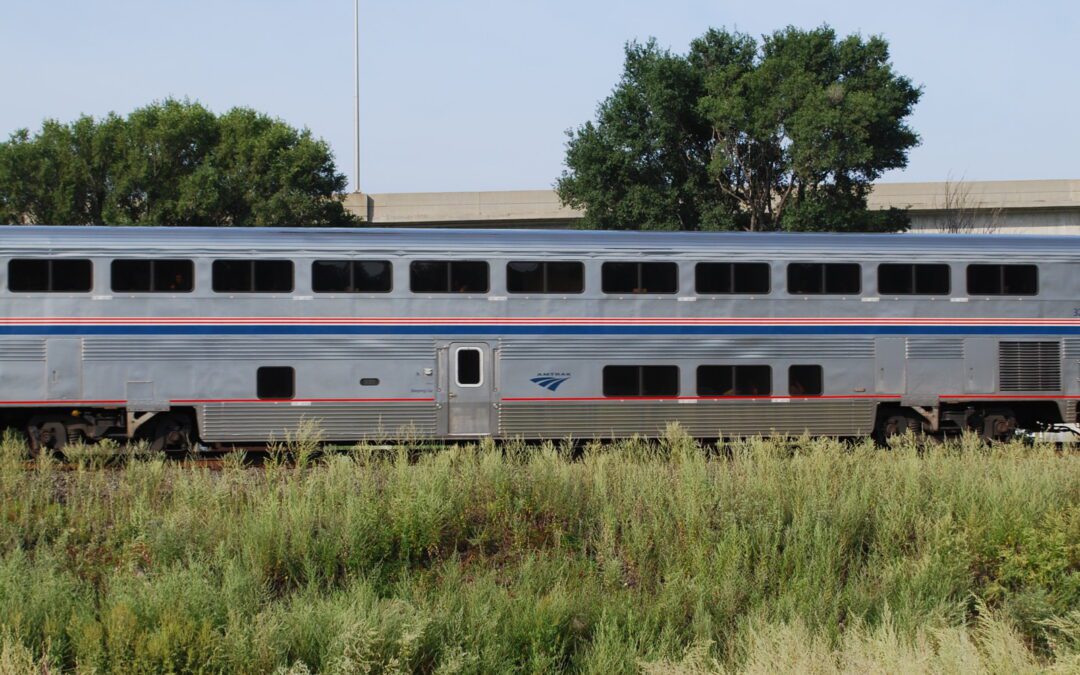How High-Speed Rail Will Reduce Carbon Emissions Getting serious about climate change means getting serious about building great trains. Join Us The best way to cut carbon emissions while expanding our freedom to move Take a look at the numbers below from...
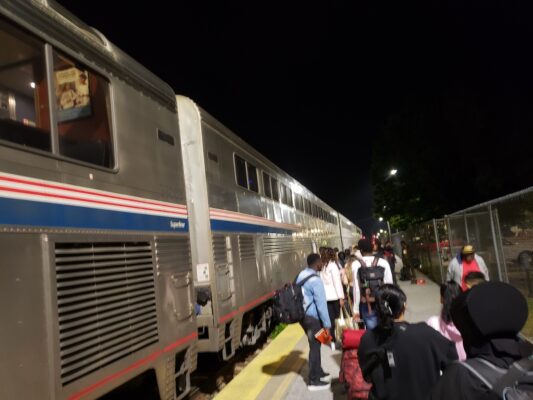
Getting off the train in • Carbondale, Illinois. The city owes its founding in 1853 to the railroads.
Written by Jordan Baer, member of HSRA’s Ambassadors Committee
In the early morning hours of May 13—National Train Day—the flashing lights and familiar horn of Amtrak’s southbound City of New Orleans train finally rounded the bend on its way into the Centralia, Illinois, train station. Earlier, as I waited in the middle of the calm and quiet Centralia night, a man waiting to pick up a passenger from Chicago told me that the train wouldn’t arrive for another 40 minutes. “It never arrives on time,” he said. “It’s always delays with the freight trains.” As one of the construction workers who had helped move the old Illinois Central steam locomotive out to a nearby rail park many decades ago, he had seen the decline of rail service in the city. “It’s certainly not what it used to be,” he said, before telling me about the loss of the old depot. Pictures of the station on the walls of the current one—basically just a glorified kiosk—confirm what a big loss it was.
Many songs have been written about passenger trains over the years, but none has been as popular as “City of New Orleans.” Written by Chicagoan Steve Goodman in 1971, it has been recorded by many artists—including Arlo Guthrie, Judy Collins, and Willie Nelson, whose 1984 version reached #1 on the Billboard Hot Country Singles chart. The following year, Goodman won a Grammy award posthumously for Best Country Song.
For me, Johnny Cash’s 1974 version—from his musical film “Ridin’ the Rails”—speaks most powerfully to our nation’s need for better train service. (Watch the City of New Orleans segment of the film here.) Cash starts off by asking, “When was it that the trains began to lose their glamour?” and opines that several factors are at work: the switch to diesel locomotives, the rising popularity of air travel after WWII, and a “whole network of interstates that cuts across the land.” Cash further laments that coach trains still run, but “they’re just not the same anymore.” He ends the segment standing next to an L&N train passing an empty, abandoned rail station, and says: “Of course the freight trains continue to roll full of goods for people all over the land, but the passenger stations, you know, they’re getting to be awfully lonesome.”
Half a century later, it’s still true. That’s why I joined the High Speed Rail Alliance—and I hope you’ll become a member, too.
Before outlining some ideas for improving the City of New Orleans (and passenger-rail service broadly), it’s important to note how centuries of rail history have shaped towns and cities in downstate Illinois. For example:
- Centralia, Illinois, got its name from being the central part of both branches of the Illinois Central Railroad, which operated the City of New Orleans train beginning in 1947. It was the longest daylight passenger run in the U.S. at the time, making Centralia the hub for most of the central U.S. Centralia now has a population of roughly 12,000 and is a cultural center for the arts, which is highlighted by the Centralia Carillon—the sixth largest bell tower in the world, at 165-feet high. Centralia’s historic downtown still shows the strong influence of rail on its history: The Rail Coffee Room, for example, is a short walk from the current Amtrak station.
- Du Quoin, Illinois doesn’t have a stop along the City of New Orleans, but other Amtrak trains provide service. Du Quoin owes its existence to the expansion of the railroad to the city in 1853. Today, a little under 6,000 people call it home. The town’s most famous attraction—the Du Quoin State Fair—celebrates its 100th anniversary this year. With a 45,000 sq. ft. exhibition hall, the fair attracts about 300,000 visitors from across Illinois each year. Famous performers on its stages across the decades have included Bob Hope, Johnny Carson, Liza Minnelli, and Tammy Wynette.
- Carbondale, Illinois, with a population of a little over 25,000, also owes its founding in 1853 to the railroads. Today, the city has gone to great lengths to preserve its railroad history, with a statue of a railroad worker in the heart of downtown Carbondale. City of New Orleans passengers are often students who attend Southern Illinois University and live in the northern part of the state.
With strong ties to the railroad still in place in these communities, there is a solid base and a foundation—after all these years—to build a new, stronger rail network in downstate Illinois. High Speed Rail Alliance Director Rick Harnish recently rode an Amtrak train on the new 110 mph St. Louis-Chicago route. His proposed solutions for upgrading that corridor harmonize well with the existing infrastructure and the needs of downstate Illinois. They include:
- Double-tracking to support regional rail—i.e, fast, high-frequency trains on memory schedules.
- Ramped up production of high-performance trainsets.
- Massive investments to untangle and relieve the chokepoints in the Chicago hub.
Beyond those basics, other upgrades should be considered:
- Rebuild the tracks for safer, smoother travel along the rail line and at-grade crossings.
- New stations, which are not only nice for passengers but landmarks that bring fresh energy to small- and mid-size towns along the line. Transit-oriented development will also allow cities to use the vacant land around their stations.
- Additional regional rail service and new signals for faster, more reliable service.
Contact your elected officials in Springfield and ask them for better trains!
The new St. Louis-Chicago corridor generated unprecedented cooperation between the federal government and the State of Illinois. As we approach the 50th anniversary of Johnny Cash’s “Ridin The Rails,” there is no better time to join the High Speed Rail Alliance and help bring the same kind of productive collaboration to downstate Illinois.
As a member of the Ambassadors Committee for the High Speed Rail Alliance, Jordan Baer works to raise awareness about the need for improved train service in downstate Illinois in general and on Amtrak’s City of New Orleans line in particular.
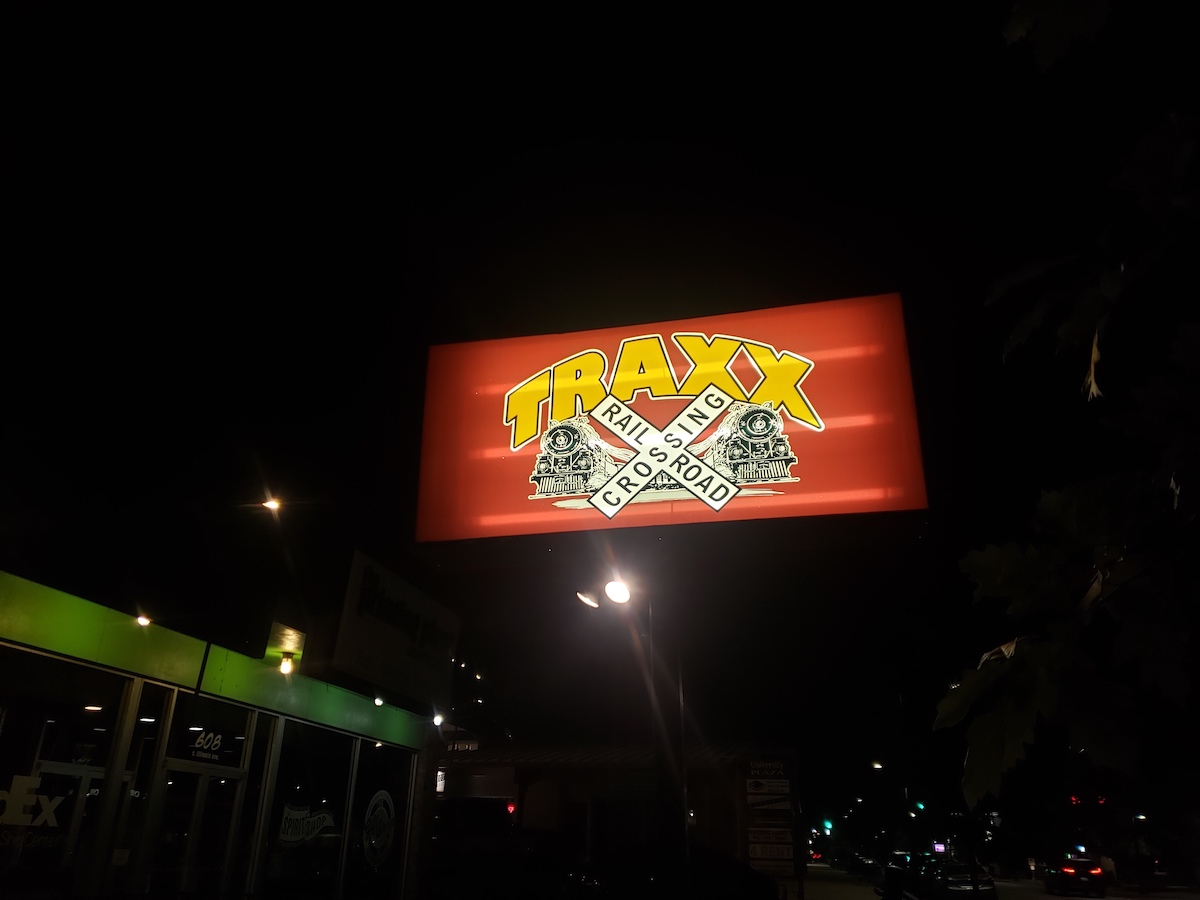
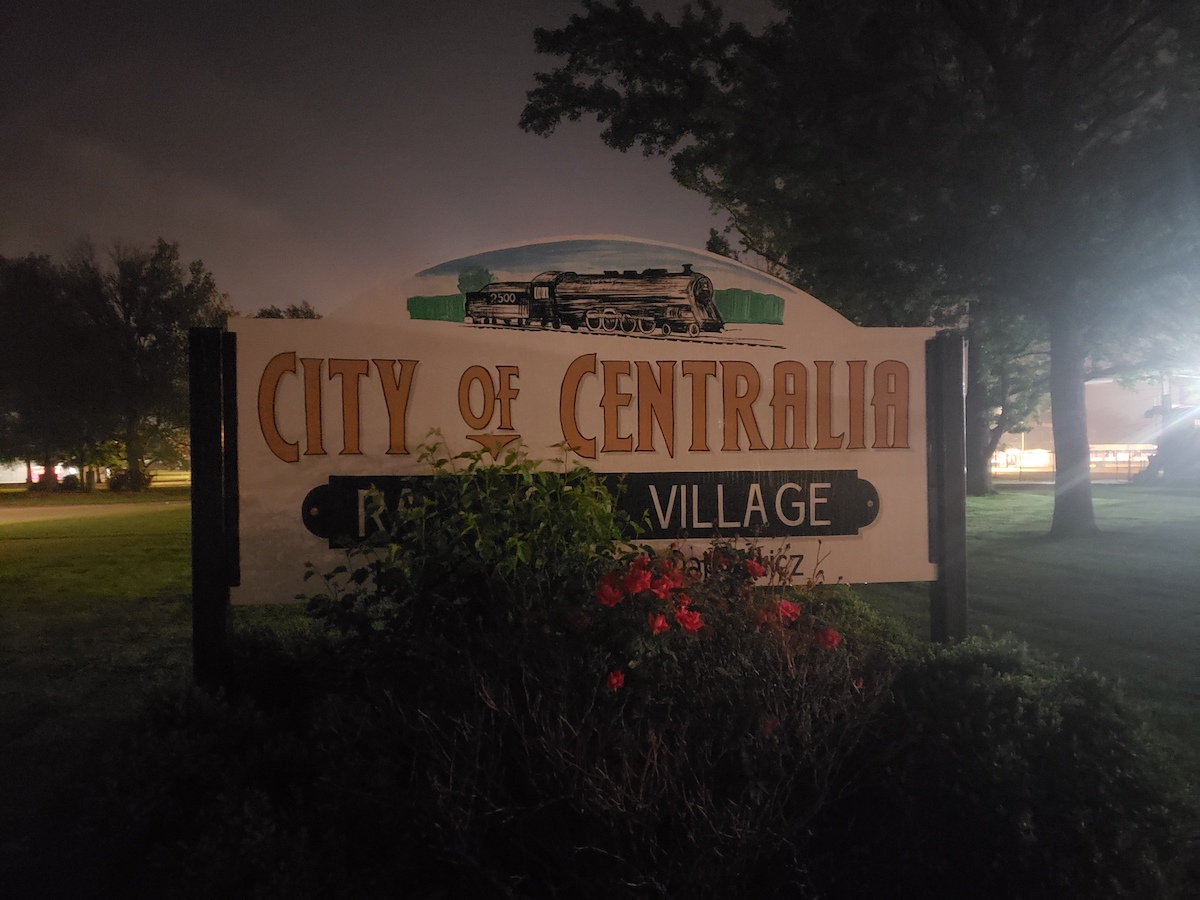
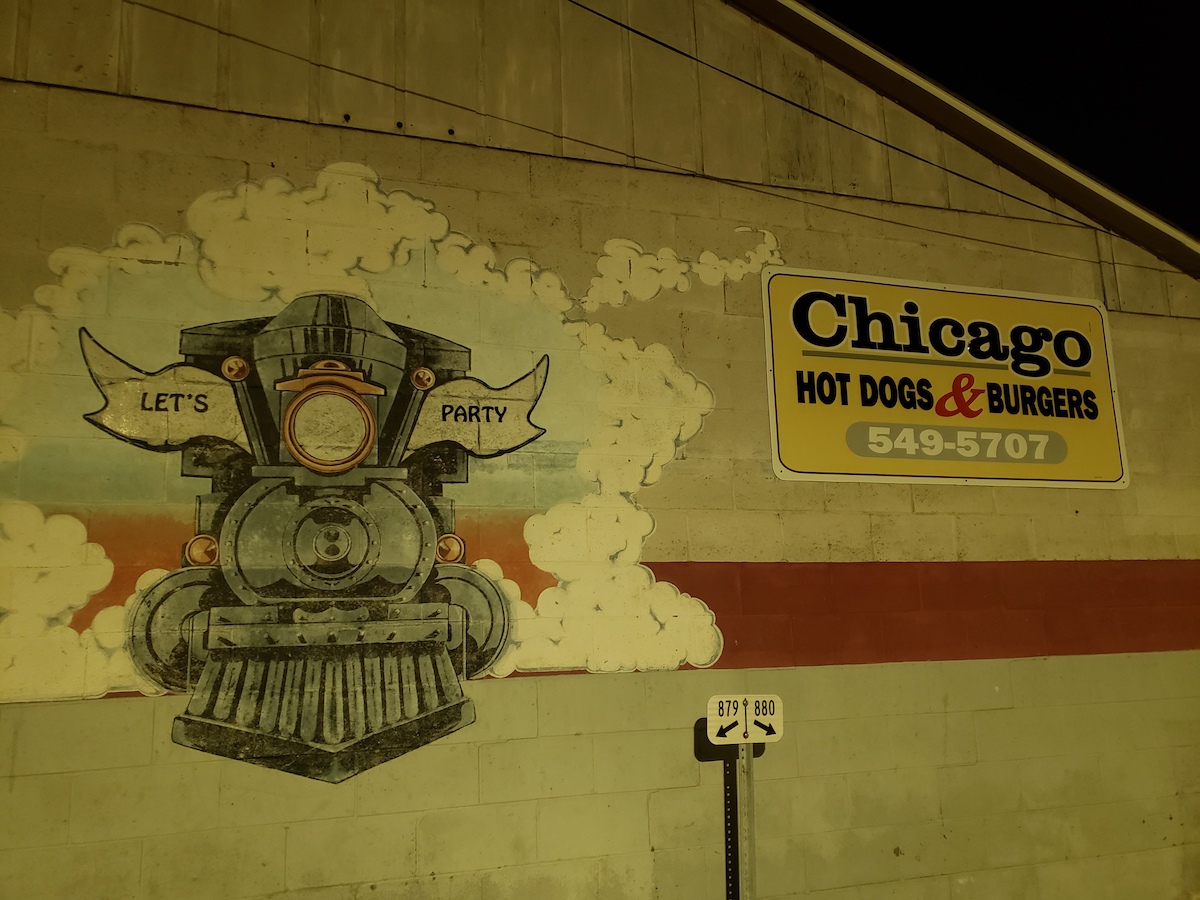
The Latest from HSRA
Our Latest Blog Posts
Check out the latest news, updates, and high speed rail insights from our blog!
